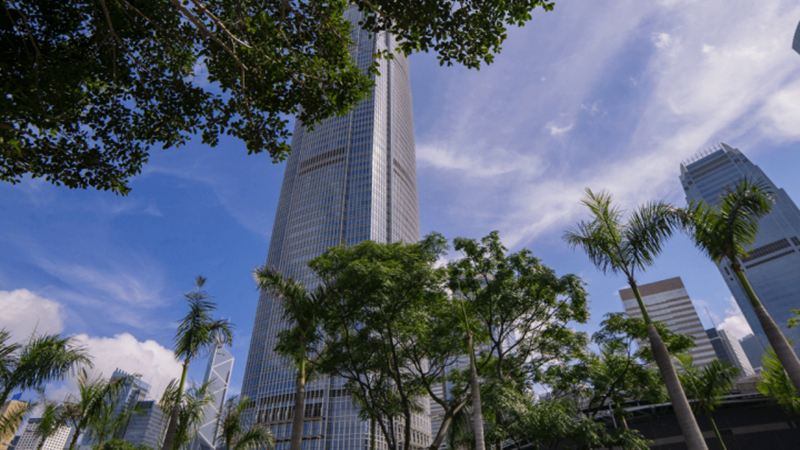
Suhayfa Sheik
The advantages of planting trees in cities and metropolitan areas.
Most Read Stories Today
-
Water Scarcity and Artificial Rainfall: The Positive and The Negative Effects of Cloud Seeding, including Health Hazards and Climate Implications.
-
Renewable Energy in Rural Areas: Challenges, Opportunities, and Successful Rural Projects
-
Pakistan's Agriculture at Risk Due to Climate Variability
-
South Africa's Recent Floods: Is Climate Change to Blame?
-
South Korea's floods: root causes and prevention strategies.
-
South Africa: Cape Town, A City Under Fire
-
The Human Cost of Climate Disasters
-
Our Oceans, Our Future: The South African Dilemma of Overfishing
-
Degenerative Impact of Hydrocarbons On The Environment.
-
Sustainable Urban Planning - Copenhagen and the Path to Climate Resilience
In many nations, poisonous or severely polluted air and other health difficulties are problems in urban and metropolitan areas. They endure temperatures that are high or exceptionally high.
There are high surface temperatures. Urban areas release a lot of contaminants into a variety of water bodies, including streams, rivers, and the ocean. A large number of emissions are produced throughout the electricity generating process due to the increasing demand for electricity for heating and cooling.
Native trees and forests are crucial in helping us both prepare for and respond to the effects of climate change. By absorbing carbon dioxide from the atmosphere and holding it in their roots, stems, and leaves, trees and the planet's forests act as carbon sinks and release oxygen into the atmosphere as they develop, aid in regulating the earth's temperature. Trees also reduce the rate of climate change.
Global temperatures have risen, and human activities, particularly the use of fossil fuels, are causing the atmosphere to accumulate more greenhouse gasses. Carbon dioxide (CO2), the main greenhouse gas, has been identified as having significant storing capacity in urban trees. There are two ways urban woods can lower atmospheric CO2. As they mature, trees immediately store CO2 in their stems and leaves. Trees close to buildings can lower the need for heating and cooling, which lowers the emissions produced during the generation of electricity.
Many people living in cities face a major health risk from air pollution, which may also lead to asthma, coughing, headaches, heart and lung illness, cancer, and other related health issues.
Here are a few of the primary advantages for air quality that urban trees offer
They take in gaseous pollutants including sulfur dioxide (SO2) and nitrogen dioxide (NO2) through the surfaces of the leaves. They catch dust, ash, pollen, and smoke. Via photosynthesis, they release oxygen.
They release moisture into the air and shelter surfaces, which brings down surface temperatures. They decrease energy consumption, which lowers harmful emissions and toxic gasses from power plants. Whilst also providing shade for cars to park and near paved surfaces or pathways, they decrease O3 production and evaporative hydrocarbon emissions.
A significant source of pollutants entering wetlands, streams, lakes, and oceans is urban stormwater runoff. The amount of runoff and pollutants in receiving waters can be decreased by healthy trees. The quantity of rainfall that is intercepted because it evaporates from the crown before it reaches the ground. Runoff volume is decreased as a result, and peak flow of water is delayed. Because the majority of contaminant runoff occurs during brief periods of light rainfall, trees significantly reduce this flow.
Urban forestry offers a high rate of return on investment. We need knowledgeable individuals who comprehend the subtleties of the built environment and trees as we traverse this human-dominated era and properly build the cities of the future. Investing in trees is likely an investment in achieving the UN SDGs and, eventually, an investment for a better world, according to the overwhelming evidence in the scientific literature.
By replacing imports that have greater amounts of carbon dioxide released during manufacturing and transit, the sustainable use of wood, food, and other items offered by the neighborhood urban forest may also aid in reducing climate change. Urban wood is a precious resource that is underutilized.
There are certainly numerous benefits to planting trees in urban and metropolitan regions, and doing so will help the fight against climate change.

Terms & Conditions
Subscribe
Report
My comments